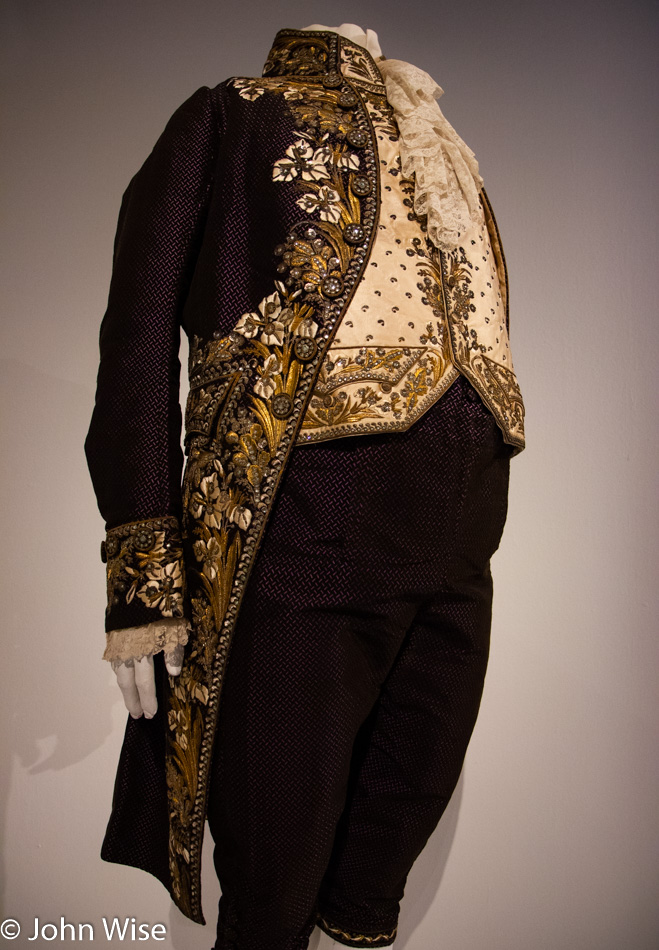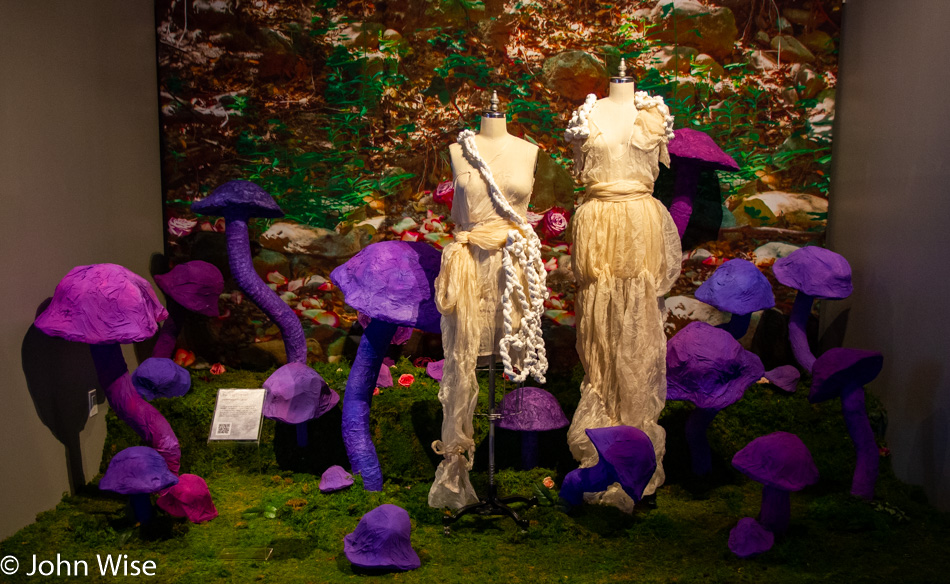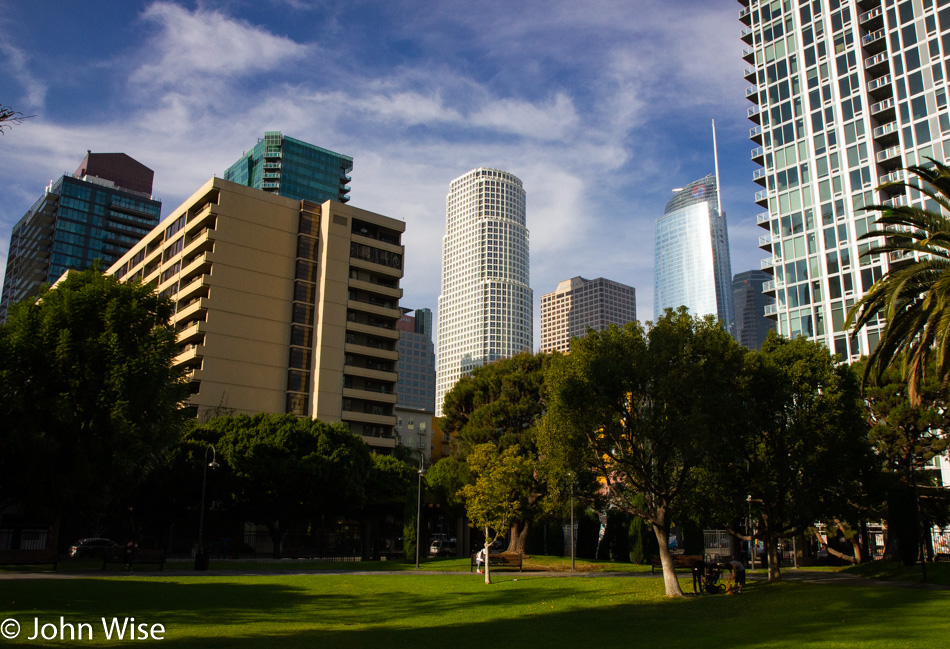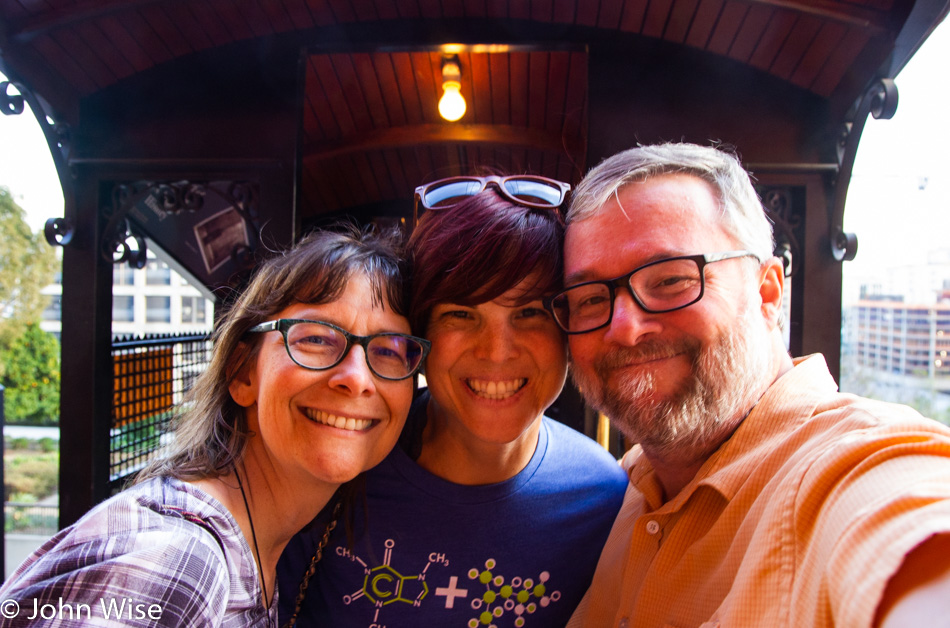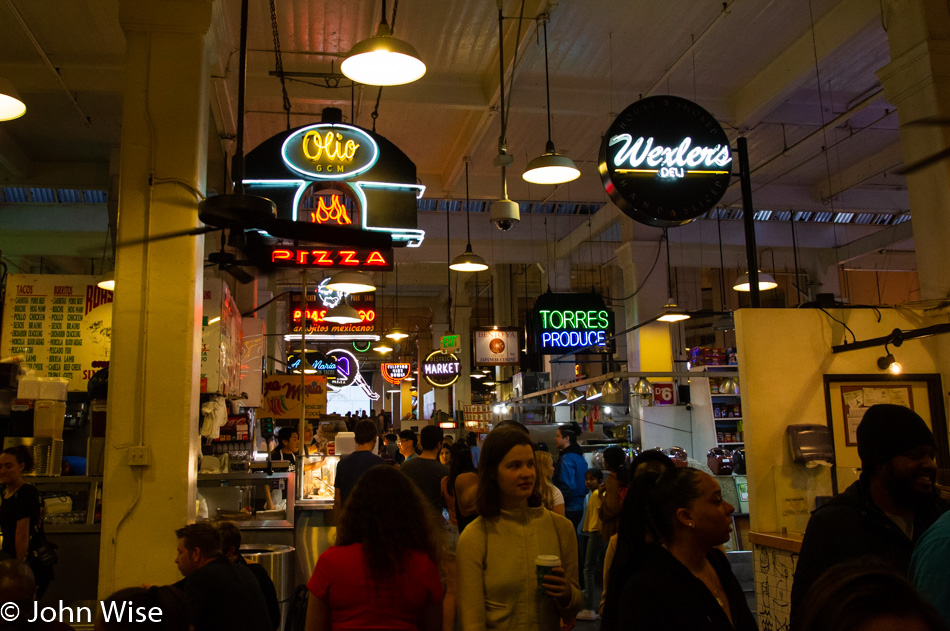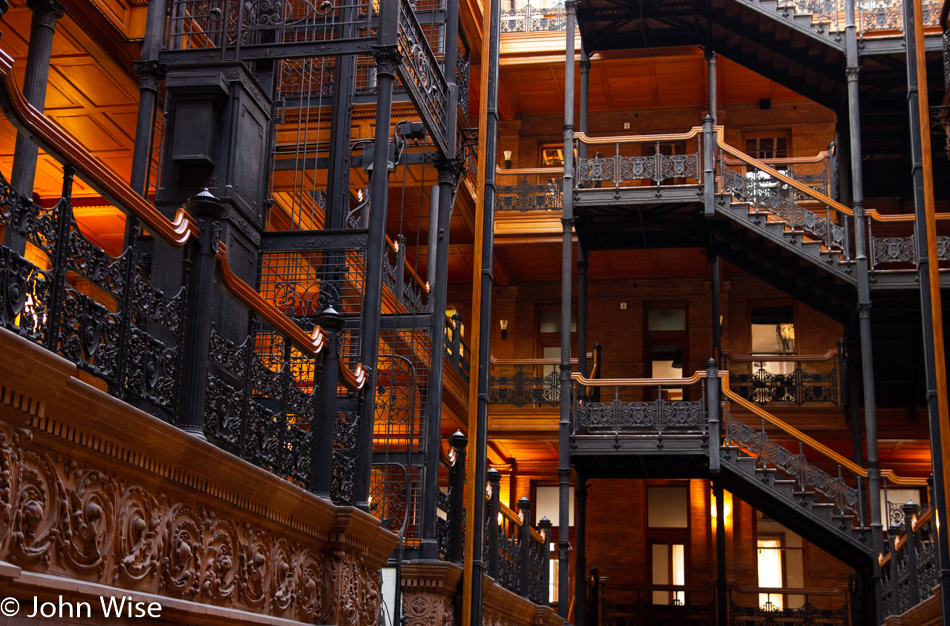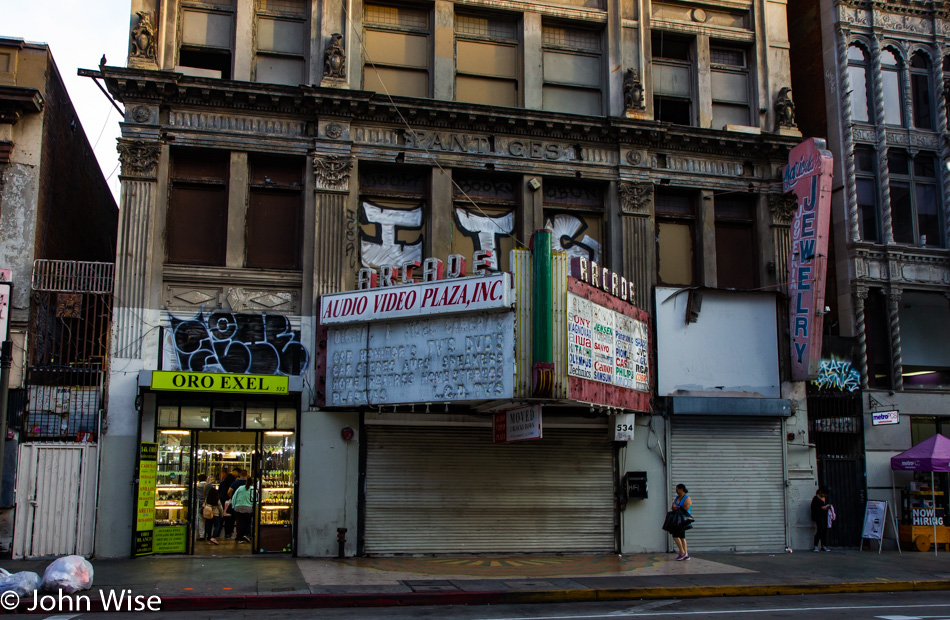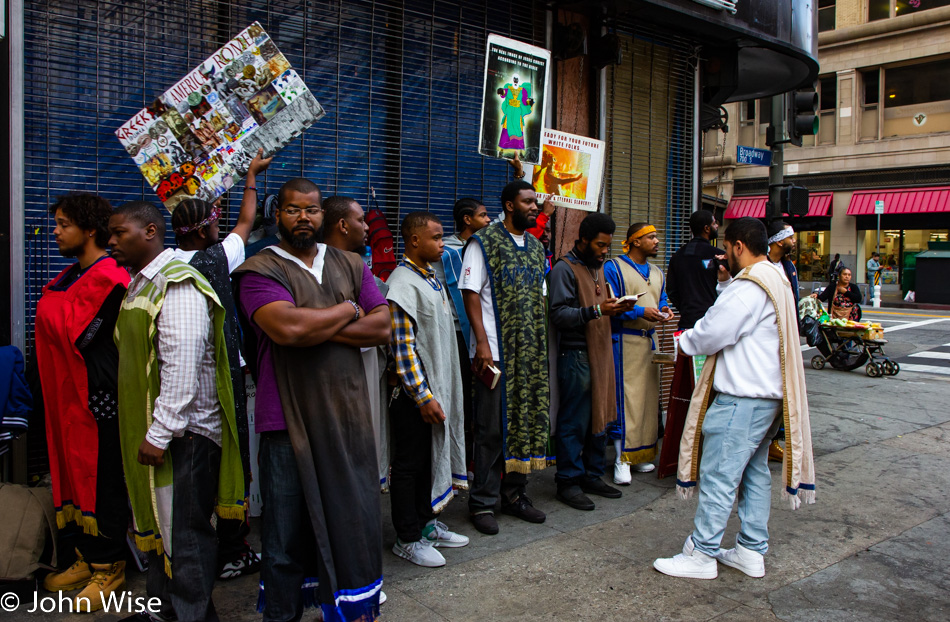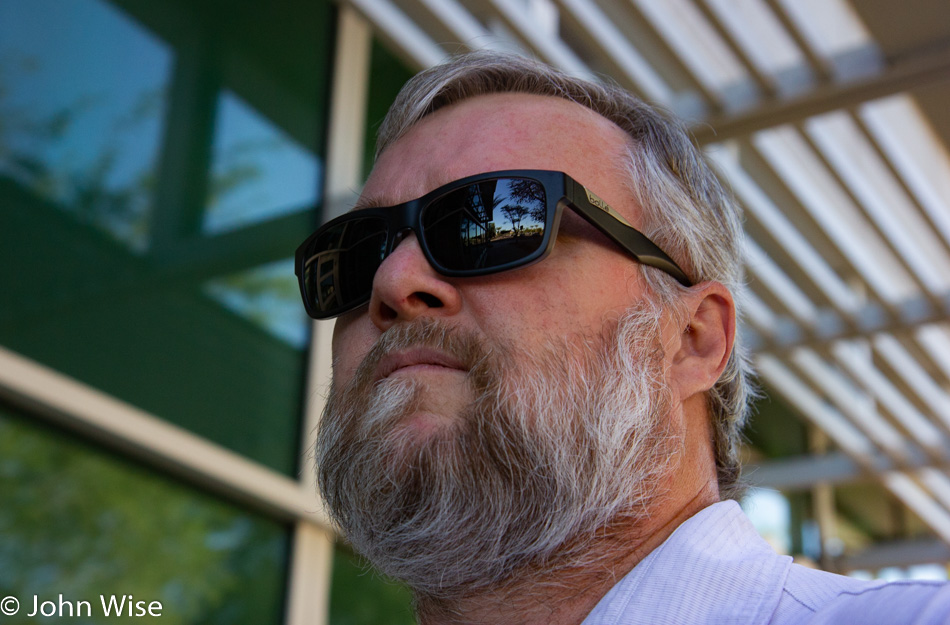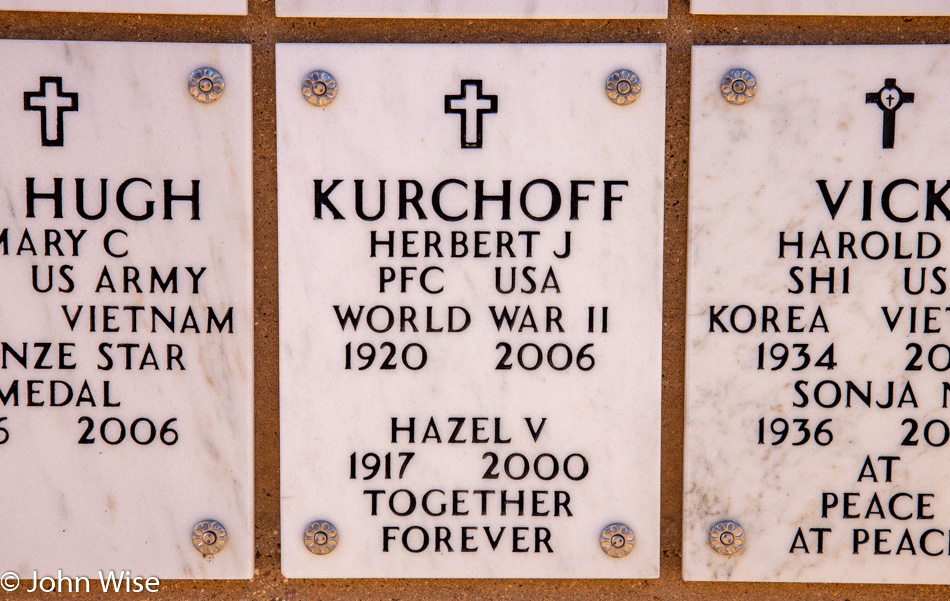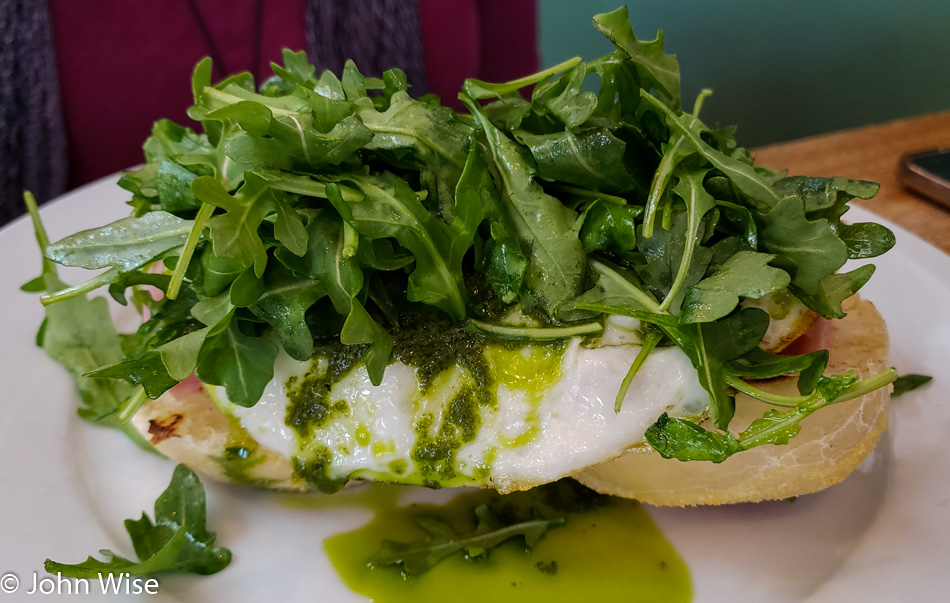
From grasshoppers last night to green eggs and ham for breakfast. Huckleberry Cafe on Wilshire in Santa Monica will hopefully remain a favorite forever; here’s fingers crossed that they don’t lose their touch. Not only is their homemade English muffin topped with ham, egg, pesto, and arugula great, but their baked goods are seriously close to the quality we are accustomed to from Europe.
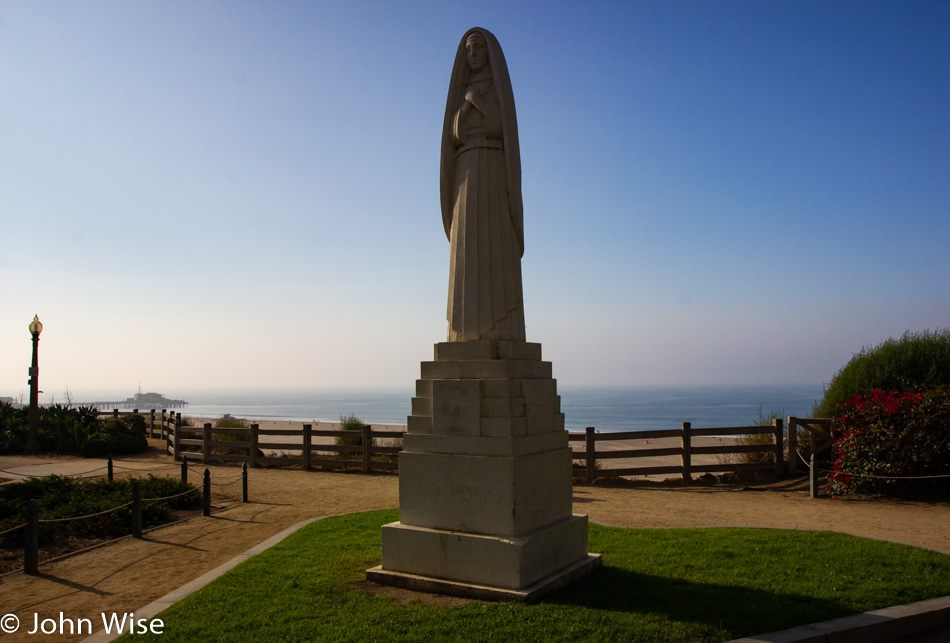
Knowing that we’ll be in the car a lot later we needed to get some walking in before sitting down for our concert. We were only a few blocks away from the beach at Santa Monica, and as it is early on Sunday morning there are still many empty parking spots near the ocean.
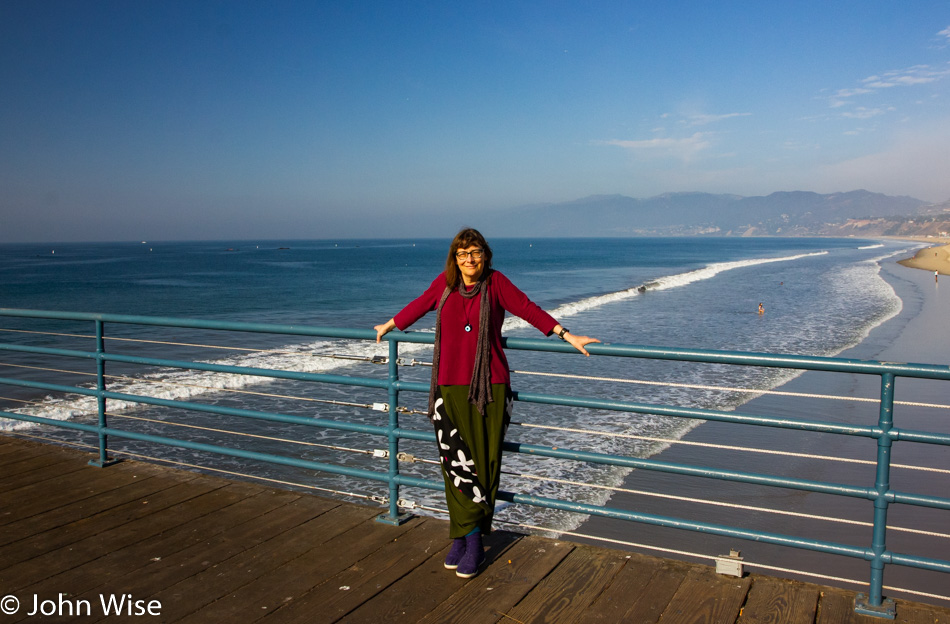
What’s up with Angelenos? Here it is a beautiful morning, blue skies, warm enough that we didn’t need sweaters on this late fall day and there are very few people out here. Maybe those who live here are so happy not to have to deal with traffic on the weekend as long as they stay at home that there’s no interest in the ocean unless they have visitors in town.

For lunch, we just had to stop here at Berlin Currywurst at Grand Central Market. The verdict is that it’s okay, not great, just okay.
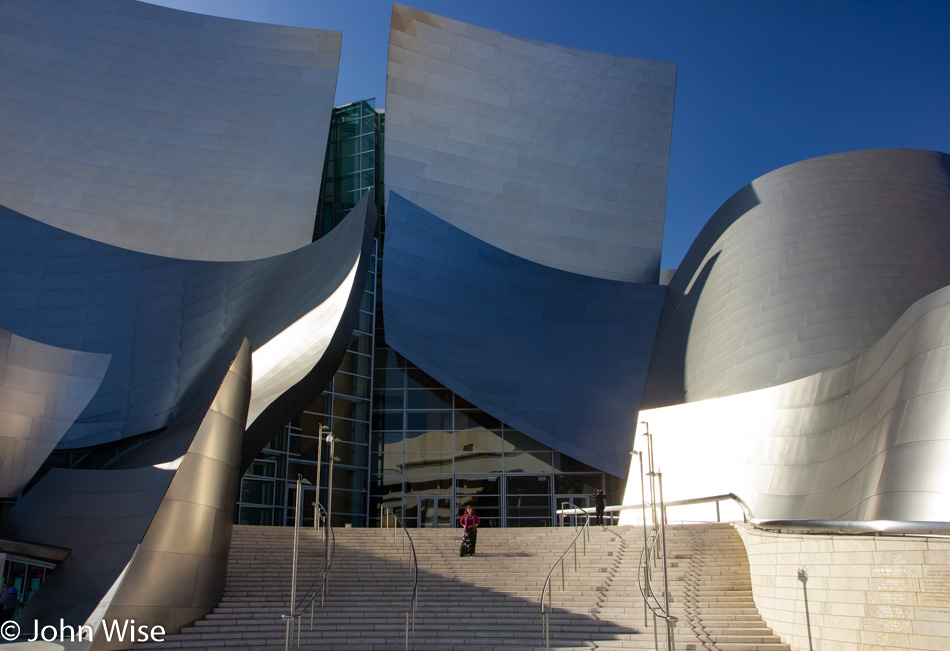
We are arriving early at the Walt Disney Concert Hall for a pre-concert talk featuring Christopher Cerrone and Organist Cameron Carpenter. Christopher is the composer of “The Insects Became Magnetic” and was also a performer in the piece, which I can inadequately describe as a kind of Kronos Quartet meeting the orchestra on a Japanese summer afternoon where the cicadas join the song. I mean to imply that I loved the debut performance of this work.
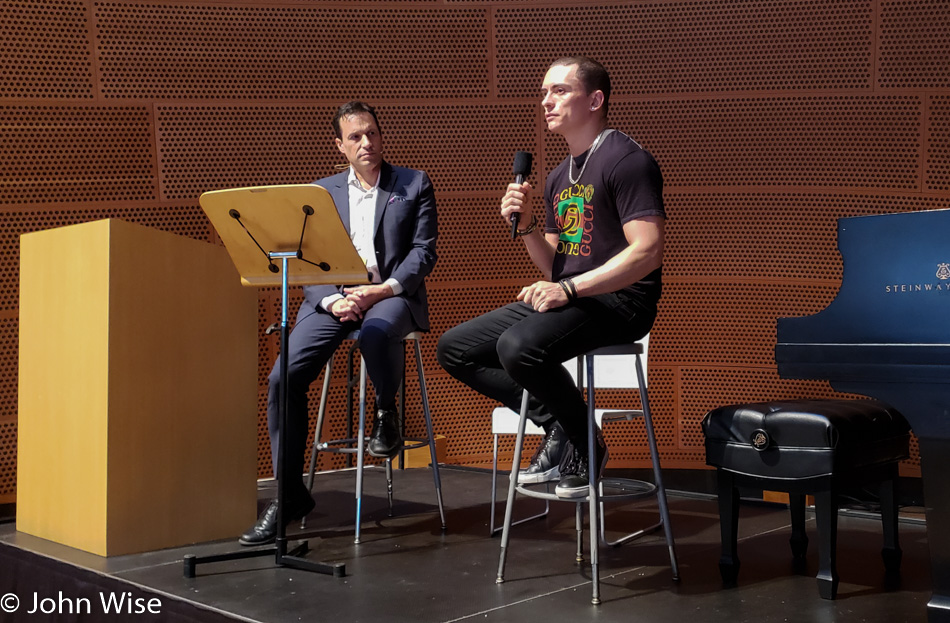
This is Cameron Carpenter, who has taken up life in Berlin, Germany. He gave a rivetingly smart talk about the organ pulling no punches in de-romanticizing the instrument away from its image as a spiritual tool. The man is passionate about knowledge in a way that makes it obvious to me, at least, why he has to live in Germany, where he can talk with people whose first inclination won’t be that he’s an asshole.
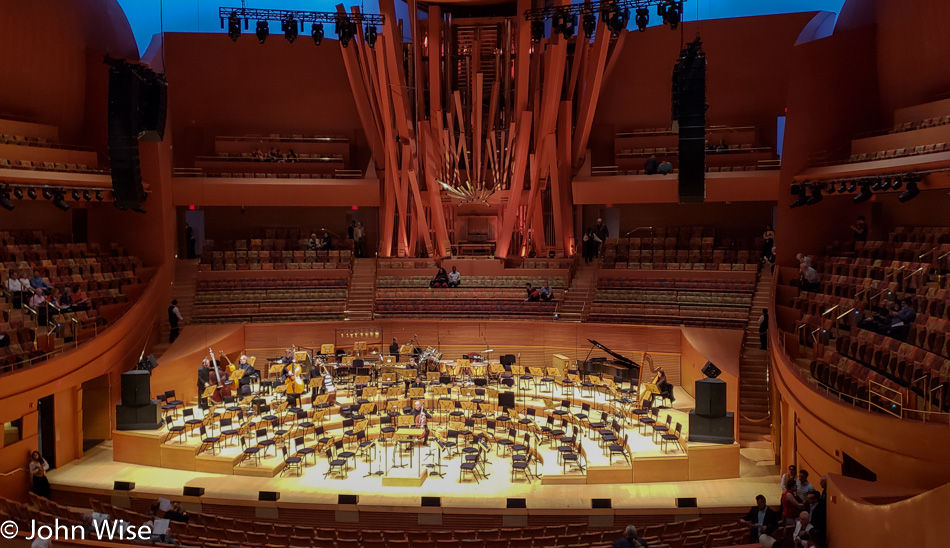
The interior of the Disney Concert Hall is as spectacular as the exterior. I don’t think there’s a bad seat in the theater. This view was from our seats that cost the pretty penny of $184 each; not an inexpensive place to visit, but well worth it. Cameron’s rendition of Francis Poulenc’s Organ Concerto was a gut punch to the emotions as he commanded the attention of the hall towards his mastery in demonstrating the organ in ways that I’m fairly sure were new to many in attendance. With two standing ovations, he returned to the front of the stage for a fast rendition of a piece from Bach that will always stand out as the “right” way to perform it.
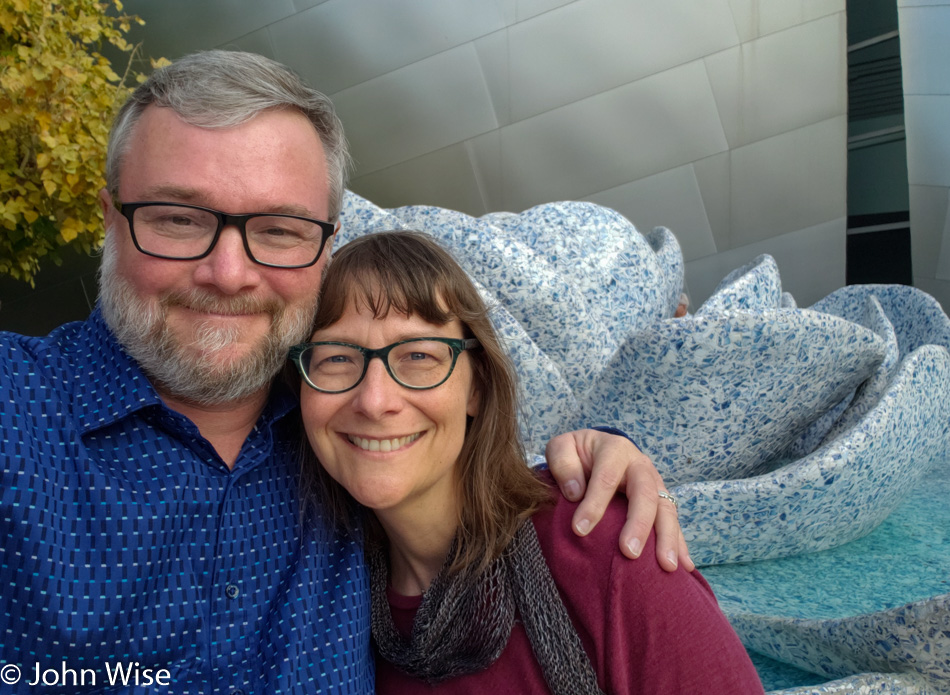
During the intermission, Caroline and I headed out to the garden terrace, where she raised a toast to her godmother Helga, whom she often thinks of when attending to the more formal and elegant aspects of life. The final piece of the afternoon saw Cameron and his organ console moved from the front of the stage towards the back of the orchestra to perform in Saint-Saëns: Symphony No. 3, “Organ.” We left with eyes teary in the emotion of music performed in a way that was able to poke a finger into the soft fabric of those sensitive enough to feel such gravity.
With no time to spare, we headed to the freeway going east. Dinner was relatively quick, with a stop at an old favorite we’ve been to a dozen times: The North Woods Inn. Driving into Phoenix around midnight, we were once again shocked by the thought that we’d just left yesterday morning. Sometimes, pinching yourself is not enough; this hardly feels real.
